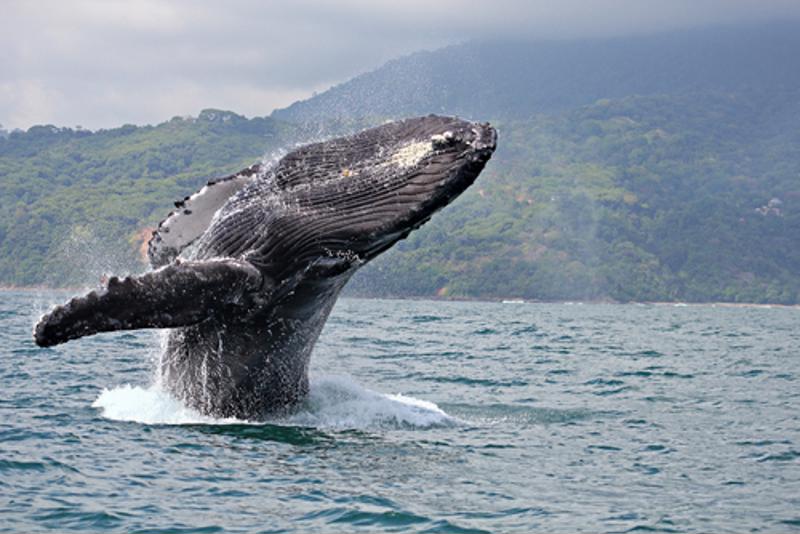As if taking in the beautiful Maui scenery wasn’t enough, the island itself is well known as one of the easiest places to go whale watching in the world. Whether you decide to embark on one of several boat tours within the area or simply wish to view whales through binoculars from the shore, you’re almost guaranteed to spot one of these majestic creatures as long as you time it right. Nothing makes staying in a Maui vacation rental more memorable than reminiscing about your first in-person whale encounter. For those who wish to experience one of nature’s most incredible sights firsthand, here are a few tips on where and when to go whale watching on Maui, as well as some tours you can partake in:
Whales to see
From the shores of West Maui to the beaches in the southern region, there are plenty of ideal spots for catching a glimpse of whales. The surrounding waters of Maui are known as one of the best places to see North Pacific humpback whales in the world, which are the fifth-largest whale species on the planet. According to Maui Whale Watching, the humpback whale community around Hawaii is the largest in the world, as the majority of humpback calves are born near these waters. According to the Pacific Whale Foundation, the best time to spot humpbacks on Maui is from early November until mid-May, but sightings are also relatively common in September and October. This is due to the species’ annual winter migration, in which humpback whales travel more than 3,500 miles from the waters of Alaska to the Hawaiian islands, where they breed and birth newborns.
 Nothing is more inspiring than seeing a humpback whale in the wild.
Nothing is more inspiring than seeing a humpback whale in the wild.Where to find tours
While you can find whale watching tours in just about all regions of Maui, there are certain coasts and harbors that are famous for the abundance of these humpbacks. If you’re looking for a wide variety of tours to consider, those staying in a Maui vacation rental on the west side of the island should head over to Lahaina Harbor. This is where you’ll find opportunities to voyage on several tour guide charter boats with trips that typically range from two to four hours long. A popular choice amongst locals and travelers alike is Ultimate Whale Watch, which has been offering guests up-close-and-personal whale encounters since 1982. Tours through the company will also feature narration and insight from leading Maui whale researchers, and offers a free trip guarantee if you don’t see any whales during your excursion.
Maalaea Harbor is another frequented whale watching area, and is also the home of the Pacific Whale Foundation. For more than 35 years, this organization has been one of the Hawaiian whale conservation leaders and also conducts research on the species. The Pacific Whale Foundation offers eco-friendly whale watching tours from sunrise to sunset, and the local facility even hosts educational events and exhibits throughout the year to further better understanding of these noble mammals.
“West and South Maui beaches are hotspots for spotting whales.”
Watching from the shore
Of course, more often than not, you’ll be able to spot whales in the distance without having to head out on a whale watching cruise. The main beaches where shore sightings of humpback whales tend to be the most frequent are in West and South Maui, especially during the winter season. West Maui’s Kaanapali Beach is widely considered to be one of the most beautiful beaches on the island, and it’s reported to be fairly common to see families of humpback whales splashing and breaching the surface only a few hundred yards from the shore.
Maui Whale Festival
Any travelers who are planning on staying at a Maui beach rental between late January and early March will definitely want to check out the Maui Whale Festival, a month-long celebration of the animals hosted by the Pacific Whale Foundation. This is where you can find a series of parades, entertainment and various forms of educational exhibits all in the name of spreading awareness of the native whales of Hawaii.
